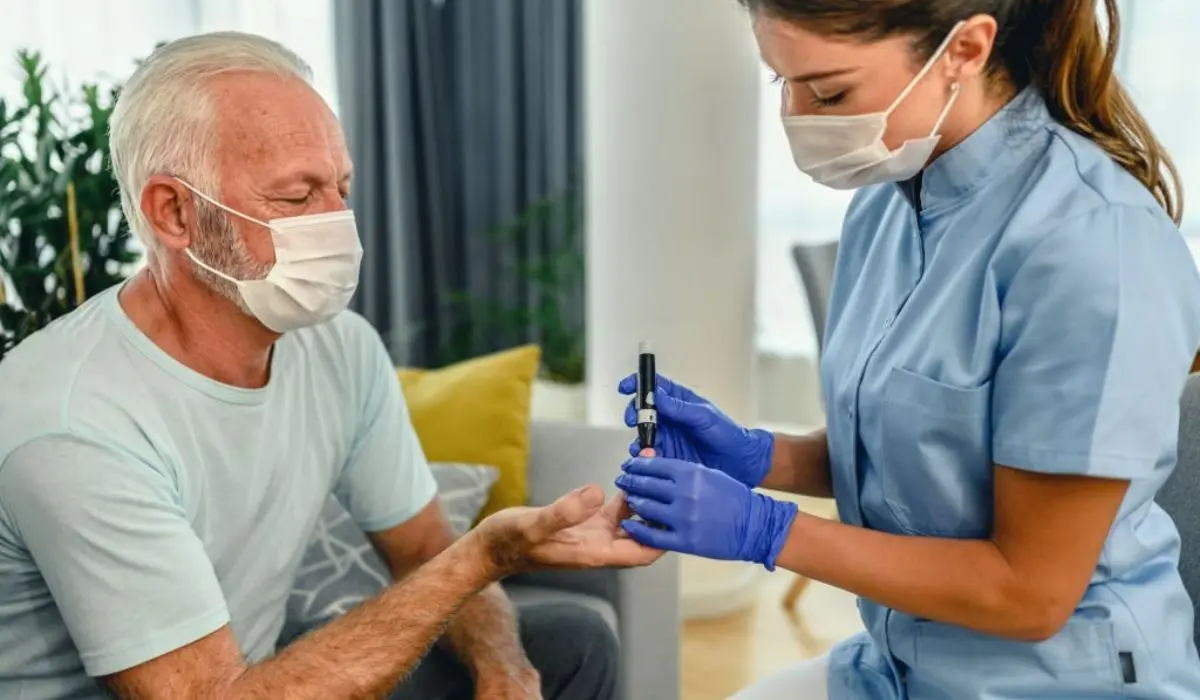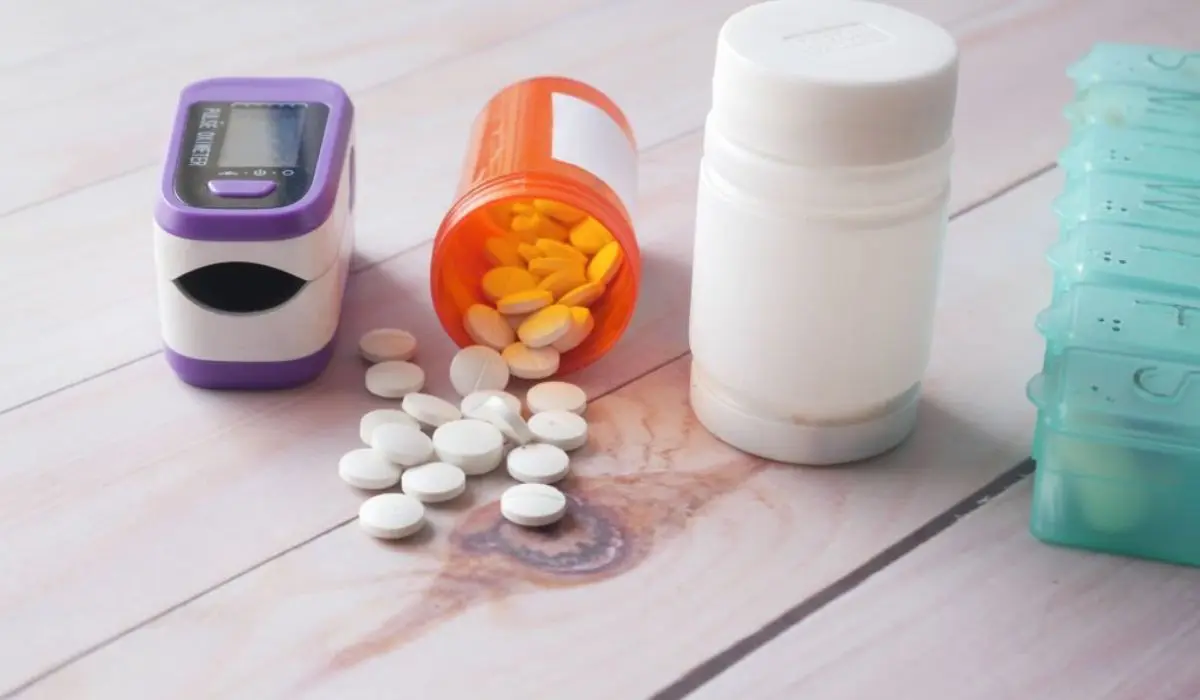Health
Blood Sugar Monitoring: Effective Ways to Monitor Your Levels

Living with diabetes is a challenge; monitoring blood sugar is vital. Keeping track of your glucose levels is key to avoiding complications and making informed decisions. Here, we’ll explore techniques to do this efficiently.
Regular self-monitoring with a glucometer is also important. This portable device measures blood sugar from a drop of blood obtained via a lancet. Get quick results and adjust meds or diet when necessary.
Importance Of Monitoring Blood Sugar Levels
Monitoring blood sugar levels plays an essential role in well-being. This helps individuals understand how their body responds to food, exercise, and medication. The data gathered over time assists healthcare professionals in making any necessary modifications to treatment plans and medications. It also permits early detection of any deviations from the target range.

To manage blood sugar levels, monitoring is crucial. Recording glucose readings consistently allows individuals to make informed decisions regarding diet, exercise, and medication management.
The insights gained from this process help in immediate control and long-term well-being by preventing complications associated with varying blood sugar levels.
Equipment Needed For Monitoring
Monitoring Blood Sugar Levels: Essential Equipment
To effectively monitor your blood sugar levels, it is important to have the necessary equipment. Here are the key tools you need:
▪️ Blood Glucose Meter
This handheld device measures your blood glucose levels using a small blood sample obtained from pricking your fingertip or another testing site. It provides quick and accurate results, allowing you to track your blood sugar levels throughout the day.
▪️ Test Strips
These disposable strips are used in conjunction with the blood glucose meter to analyze your blood sample. They contain chemicals that react with the glucose in your blood, producing an electrical current that is measured by the meter.
▪️ Lancing Device
This device is used to prick your finger or another testing site to obtain a small blood sample. It usually has an adjustable depth setting, allowing you to choose a level of comfort that suits you.
▪️ Lancets
These small and disposable needles are used in the lancing device to create a tiny puncture on your finger or another testing site. They are designed to be sharp and sterile to minimize pain and reduce the risk of infection.
▪️ Control Solution
This liquid is used to verify the accuracy of your blood glucose meter and test strips. By applying the solution to the test strip instead of blood, you can ensure that your equipment is functioning correctly.
Steps For Monitoring Blood Sugar Levels
Monitoring blood sugar levels is crucial for individuals with diabetes to maintain good health. Here is a concise guide on effective methods to monitor blood sugar levels:
▪️ Regular Blood Glucose Testing:
Perform frequent blood glucose tests using a blood glucose meter to get accurate readings. Follow the instructions provided with the meter for optimal results.
▪️ Establish a Monitoring Schedule:
Create a routine for testing blood sugar levels throughout the day. This may include before meals, after meals, before bedtime, and during physical activity. Consistency is key in managing blood glucose levels.
▪️ Keep a Record:
Maintain a logbook or use a smartphone app to record blood sugar readings systematically. Include the date, time, and any relevant notes such as food intake, exercise, and medication. This logbook will help identify patterns and make informed decisions.
▪️ Understand Target Range:
Consult with a healthcare professional to determine the target blood sugar range for you. Aim to keep your blood sugar within this range to minimize complications associated with high or low blood sugar levels.
▪️ Adjustments as Needed:
Based on the blood sugar readings, make necessary adjustments to medication, diet, and exercise. Regularly discuss these changes with your healthcare provider to ensure optimal diabetes management.
Conclusion:
Blood sugar monitoring is essential for individuals with diabetes. It helps them to make informed decisions about diet, medicine, and lifestyle. We have looked at various methods and tools for effective blood sugar monitoring. Finger-prick devices and continuous glucose monitoring systems are two popular options to choose from.
Smartphone applications for blood sugar tracking are also gaining popularity. These apps not only record readings but also provide personalized insights and reminders. This technology integration into diabetes management gives real-time data at the fingertips, allowing people to take proactive steps toward their health.
